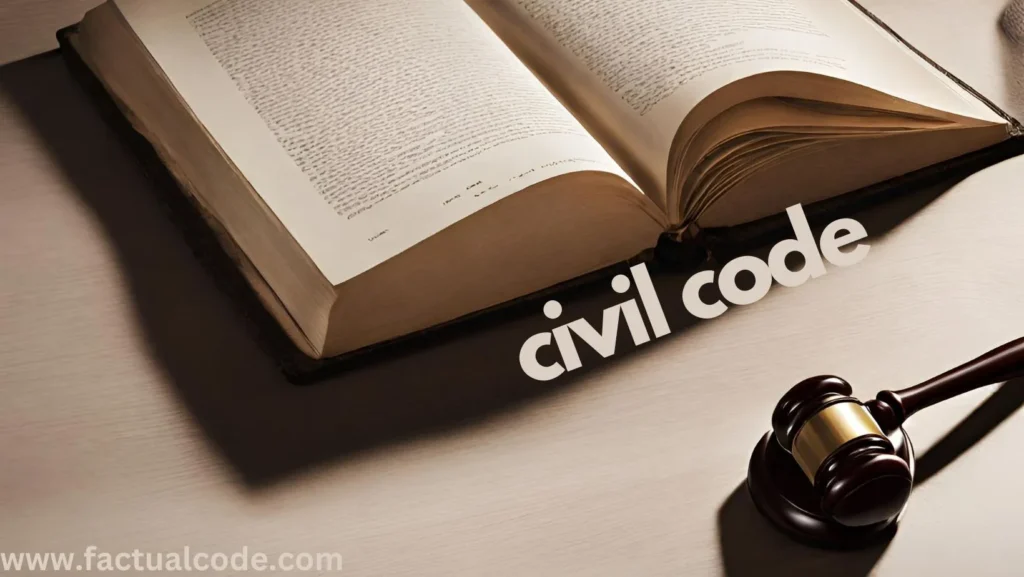A temporary injunction is a preventive relief granted by the court to maintain the status quo or protect the plaintiff’s rights until the final resolution of a dispute. Governed by Order 39, Rules 1 and 2 of the Code of Civil Procedure, 1908 (CPC), it ensures that irreparable harm is avoided and justice is served in equity. Below is a detailed explanation of the principles courts consider when granting a temporary injunction:
1. Prima Facie Case
The applicant must demonstrate a serious question of law or fact to be tried and establish a reasonable probability of success at trial. While the court does not decide the case’s merits at this stage, it ensures the claim is neither frivolous nor vexatious.
Key Features:
- Existence of a legal right requiring protection.
- Substantial evidence supporting the claim.
Case Law:
- K. K. Verma v. Union of India (1954): Highlighted the necessity of a prima facie case for granting an injunction.
- Dalpat Kumar v. Prahlad Singh (1992): The Supreme Court held that the court must be satisfied with the existence of a prima facie case before granting relief.
2. Irreparable Harm
The applicant must show that without an injunction, they would suffer harm that cannot be adequately compensated through monetary damages. This ensures that the relief prevents irreversible harm.
Examples of Irreparable Harm:
- Loss of reputation or goodwill.
- Violation of intellectual property rights.
Case Law:
- Hindustan Unilever Ltd. v. Reckitt Benckiser (India) Ltd.: Highlighted the irreparable harm caused by defamatory advertisements.
- Gujarat Bottling Co. Ltd. v. Coca Cola Co. (1995): Recognized irreparable harm in trademark disputes.
3. Balance of Convenience
The court compares the inconvenience or harm likely to be suffered by both parties and determines which side will face greater hardship if the injunction is granted or denied.
Key Considerations:
- Urgency of the matter.
- Potential prejudice to the defendant versus harm to the plaintiff.
Case Law:
- Dalpat Kumar v. Prahlad Singh (1992): Emphasized balancing the inconvenience faced by both parties.
4. Status Quo Maintenance
A temporary injunction often aims to preserve the existing state of affairs until the case’s final resolution, preventing actions that could alter the subject matter of the dispute.
Objective:
- Avoid interference with the court’s ability to deliver effective justice.
Case Law:
- Mohammed Yusuf v. Faij Mohammad (2009): Highlighted the importance of preserving the status quo, especially in property disputes.
5. Clean Hands Doctrine
The applicant must approach the court with integrity and good faith. If they have engaged in unethical or unlawful conduct, the court may deny relief.
Illustration:
- A party cannot claim relief if they have suppressed material facts or acted dishonestly.
Case Law:
- Maharashtra Aadiwasi Thakur Jamat Seva v. State of Maharashtra (2006): Relief denied due to malintent by the applicant.
6. Adequacy of Alternative Remedies
The court considers whether monetary compensation or other remedies can sufficiently address the harm suffered by the applicant. If adequate remedies are available, an injunction may not be granted.
Illustration:
- For property damage, monetary compensation might suffice, negating the need for injunctive relief.
7. Proportionality of Relief
The relief granted must be proportionate to the harm alleged. The court ensures that the injunction does not impose excessive restrictions on the respondent or cause undue hardship.
Objective:
- Strike a balance between protecting the plaintiff’s rights and minimizing interference with the defendant’s lawful activities.
8. Public Interest
In cases involving public interest, courts assess the broader implications of granting or denying an injunction. Relief is less likely to be granted if it harms public health, safety, or welfare.
Examples:
- Environmental disputes.
- Matters affecting public utilities or essential services.
Case Law:
- Indian Performing Right Society Ltd. v. Sanjay Dalia & Anr. (2007): the Supreme Court emphasized the need for injunctions to protect intellectual property rights, highlighting that unauthorized use of copyrighted works not only causes irreparable harm to the copyright holder but also undermines the integrity of copyright laws, which are designed to foster creativity and innovation for public benefit. The decision underscores that granting an injunction can align with the public interest by ensuring respect for the law and protecting the cultural and economic interests tied to intellectual property.
Types of Temporary Injunctions
Prohibitory Injunction: Prevents a party from performing specific acts.
Mandatory Injunction: Compels a party to take specific actions.
Conclusion
The grant of a temporary injunction is a discretionary and equitable remedy that requires careful consideration of various principles such as the prima facie case, irreparable harm, balance of convenience, and public interest. These principles ensure that justice is served while preventing misuse of the legal process. The court’s decision ultimately aims to protect the rights of parties and maintain fairness in proceedings under the guiding framework of Order 39 CPC.
References- THE CODE OF CIVIL PROCEDURE, 1908 lawrato.com K. K. Verma v. Union of India (1954) Dalpat Kumar v. Prahlad Singh (1992) Hindustan Unilever Ltd. v. Reckitt Benckiser (India) Ltd. Gujarat Bottling Co. Ltd. v. Coca Cola Co. (1995): Dalpat Kumar v. Prahlad Singh (1992) Mohammed Yusuf v. Faij Mohammad (2009) Maharashtra Aadiwasi Thakur Jamat Seva v. State of Maharashtra (2006) Indian Performing Right Society Ltd. v. Sanjay Dalia & Anr. (2007)

